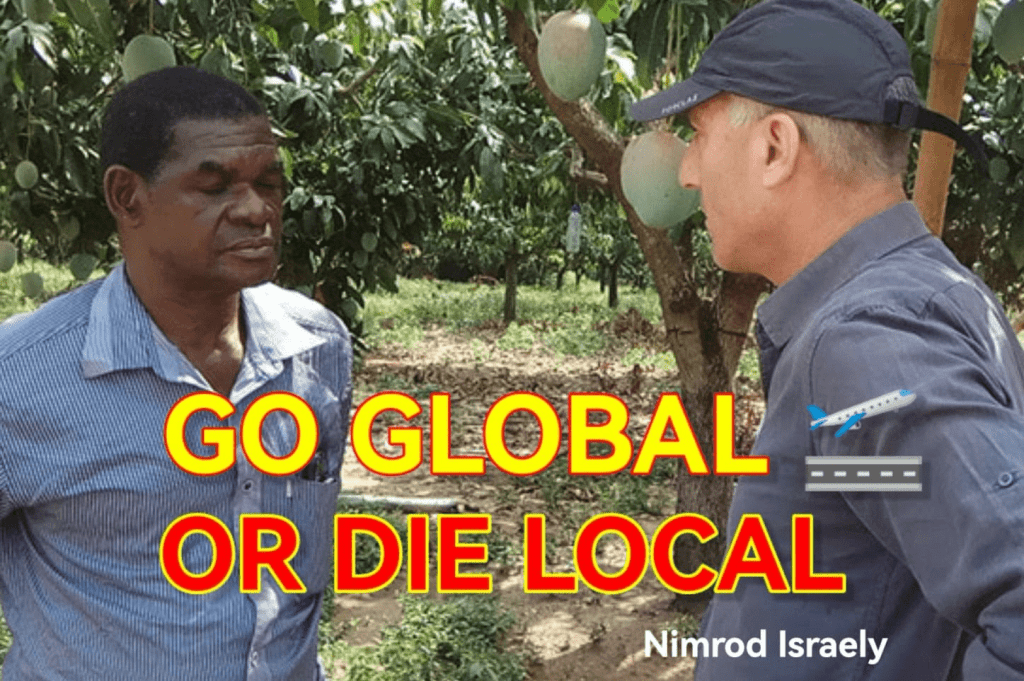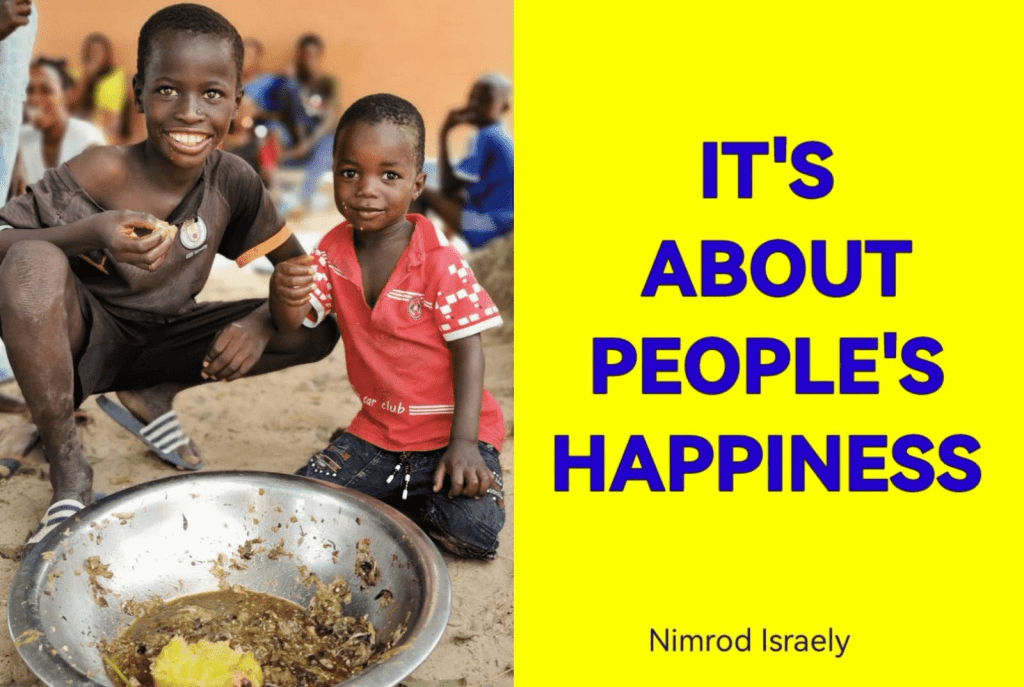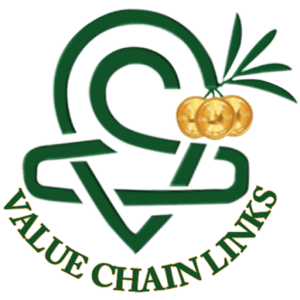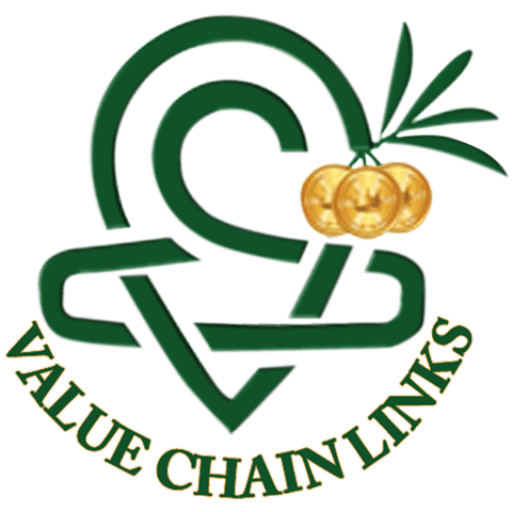HOW TO MAXIMIZE FARMERS’ INCOME?

“Know your destination and choose the most promising path leading you there.”
| In the previous column, we discussed the $17trillion gap and business opportunities in the agro sector of non-developed economies.Such a vast business gap offers endless opportunities mixed with significant risks and plenty of confusing unknowns and questions, for example, “Where do we start, and what should be our first move in covering that $ 17T business opportunity?”Those are critical questions. We shouldn’t waste our efforts and resources before sorting them out as part of our strategic view and action plan. AGRO SECTOR CHANGEWe can’t close the $ 17T agricultural gap before we have a model with a clear plan of how we do the change, the expected results, and how we measure the difference, i.e., results versus plans.There are many answers to those questions. For example, to initiate change by injecting resources from one or more of the following – charity, NGOs, funds, subsidies, loans, technologies, advisors, etc.The most common indicators for change are the yield per hectare AND income per day.Most people don’t believe that a significant change is possible in the agro sector of emerging economies, so they don’t discuss expected results other than very general ones, such as “escaping poverty and hunger,” e.g., SDGs 1 and 2.Is “not being poor” a goal to inspire?Is this all we strive for? How about aiming for PROSPERITY? We need to be bolder in our goals and actions if we are not ready to call ourselves “losers.” |

When it comes to CHANGE in the agro sector of non-developed economies, I believe we should follow those three principles:
Change ENGINE – agro-business models.
Change INDICATOR – farmers’ income and profit per hectare.
Change RESULT – relative improvement in economic, social, and health (including that of the environment) aspects.
You can see that Dream Valley’s Vision, Mission, and Actions are in line and frame the above principles –
“To improve farmers’ livelihood by increasing their income per hectare, from quality produce free of bio and chemical hazards, grown in a safe, eco-friendly environment, to enable consumers to enjoy better and healthier food and life.”
To help farmers and investors maximize their ROI, we need to focus on the critical Change indicator – Farmers’ income per hectare.
We do that by choosing the most appropriate crop to maximize the value of the farmers’ income per hectare.
But how do we define “the most appropriate crop to maximize ROI per hectare,” and how do we know that we found it?
A word of cautious.
Endless multi-million/billions $ projects have failed in the non-developed economies due to miscalculations, misunderstanding, and arrogance regarding the underlying fundamental reasons that created “The agricultural gap.” Hence, solutions suggested and applied are inadequate and fail to achieve their goals.
The considerations presented hereon are part of a larger scheme that should be applied to bring about the long-needed change.
It is imperative to understand that each project should be analyzed separately and then tailor-made with a dedicated solution according to its special and unique criteria.
CHOOSING A CROP
In the past, farmers chose to grow one crop over another based on how well it will help their family not to starve.
However, now farmers are small businesses with a business target to maximize income, so they fulfill their business goal of becoming prosperous and being able to buy whatever food, goods, education, and other services they wish.
As stated above, agriculture is a business, not a charity. Farmers grow whichever crop would increase their revenue and profit per hectare.
However, most farmers in non-developed economies don’t choose the crop they grow based on business analysis. Instead, they prefer “the safety” of growing what everybody else (e.g., neighbors) grows or what is easier to deal with and market and mainly poses a lower risk.
Not surprisingly, they get the same business results as their poor neighbors, who remain poor.
Can we break that vicious “poverty cycle?”
Yes, we can do so by using a methodical business-oriented process involving answering key questions.
Here are the principal data and questions we need to provide an answer to take the agro sector transformation process from a state of dream to reality.
(1) Suitability/Crop – list the crops suitable for growing in your region/country.
(2) Baseline – describe the current income per crop and hectare (Ha) of those crops.
(3) Future – describe your desired state of income per hectare.
Remark;
The essential goal is to ensure that the future income will take farmers out of poverty and bring them into the freedom of financial prosperity life.
(4) Maximum Income (MI) – per crop, write the income per hectare of the best farmers in the world.
(5) Baseline percent (%) from MI.
(6) Maximum Income Increase (MII) – equal MI minus Baseline.
(7) Maximum Income Increase with Caution factor (MII-CF) – equal MPII minus 50%.
(8) Actions – What actions do we need to take to get from the “Baseline” to the “MII-CF” stage?
To ensure we don’t enter a small and limited market, we will add a column where we document –
(9) Volume – current global market per crop (tons).
We will choose to grow the crop/s with the greatest MII-CF and high global market potential.See the Example below.
The steps above represent a partial process, which doesn’t include additional elements, such as logistics, marketing, access to technologies, services, know-how, etc., which we should consider. Unfortunately, even that minimum is not done in most countries at the moment.
When you enter a Dream Valley program, all the above and much more are taken care of by the program methodology.
Dream Valley takes care of doing this analysis as deeply as needed. Then, we act based on what is required to make the technologies, services, and experts available. Last, we take care of the brand and marketing of the product/s.

The comparison example Table and Figure below includes the business results for advanced versus less advanced economies of three TOP CROPS: two staple crops – wheat and Maize, and one high-value added crop – Mango.


| POINTS TO CONSIDERRemember that most farmers in non-developed economies have less than 5 hectares to cultivate. Hence, their livelihood depends on their income from a handful of hectares.The three crops in the example have massive global markets.The starting point of the three crops is very similar in non-developed economies versus the significant difference in income in the developed economies.Staple crops in the example are already 6% of MI (i.e., wheat $150, Maize $300) versus Mango, which is only 1% of MI ($500). When mango growers reach 6% of MI, their income per hectare is 3,000$. It means 120% of MI for wheat growers and 60% for maize growers.Farmer growing wheat would need 22.3 hectares or 11.1 hectares of Maize to receive the same income a Mango grower would get from 1 hectare!Out of the crops in this example, which would you suggest your farmers/investors grow or invest in? EVERY COUNTRY AND CASE IS DIFFERENTDream Valley model is suitable for all crops, but not all crops will serve you and your purpose the same.There are cases in which a country will decide to take measures to ensure its food security, including growing more wheat.As we can learn from the above exercise, such a government will be wise if it grows its wheat not on smallholders’ lands but large fields.If you know what you want. If you are ready to change and create prosperity. If you want to bring hope and a better future to smallholders and professional farmers in your country. If you wish to do those but are unsure how to start, design them, and make them profitable instead of failing, contact me to ensure they will be successful. |
| TAKEAWAYS» AGRICULTURE is a business like any other. But, unlike other businesses, there will always be demand for food.» SMALLHOLDERS have few hectares to support their livelihood.» LOW INCOME per hectare dome smallholders to poverty.» HIGH-ADDED value crops are an excellent tool for creating prosperity.» THE LOWER the baseline, i.e., income starting point, the easier it is to increase it. |
| If you enjoyed the article please share it with friends & colleagues. » SUBSCRIBE « |

